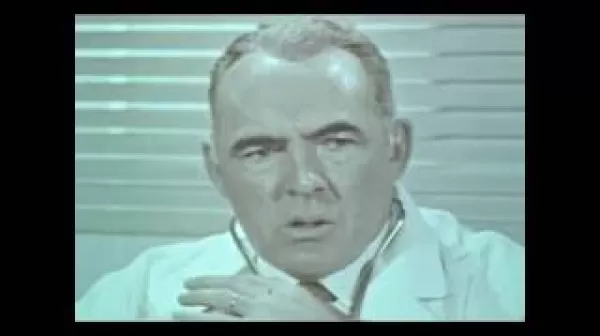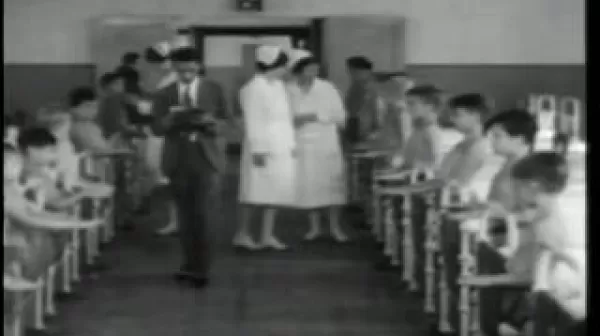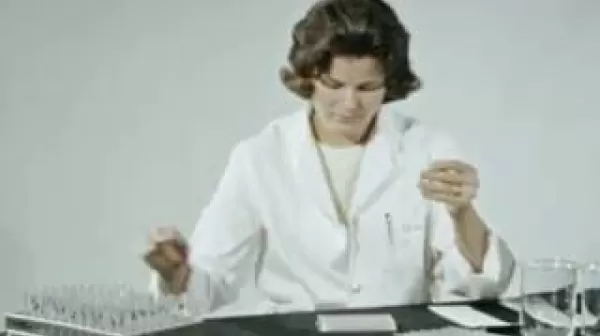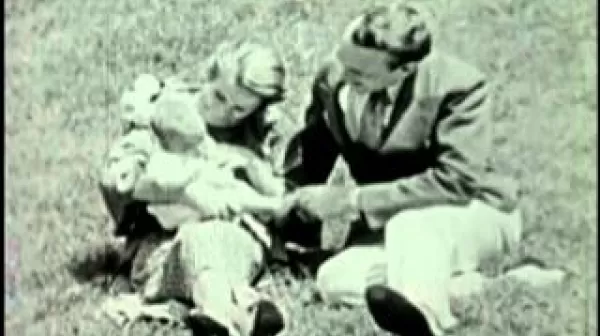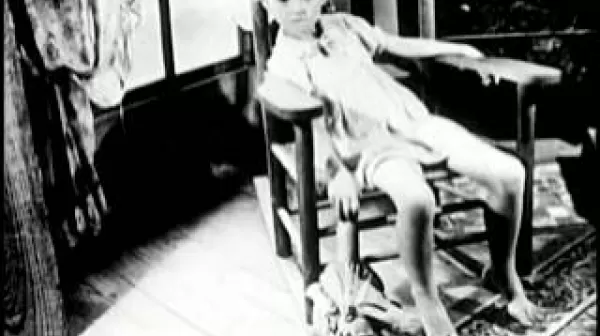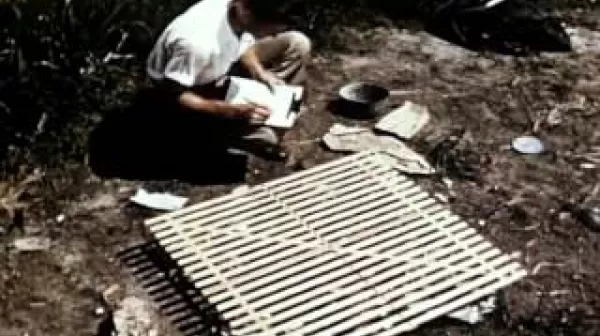Dance, Little Children (Kansas State Board of Health, 1965)
Chronicles an outbreak of syphilis among teens in the fictional town of Oakdale. A girl, Lynn, has a few dates with a wealthy boy, Hal, then goes to see her family doctor when she develops a rash. Though the doctor considers syphilis, he doesn't test Lynn initially, thinking it can't be true. The role of the state and local public health departments in tracking down contacts of infected people and testing them is shown. The primary state health investigator is shown confidentially interviewing the teens.

